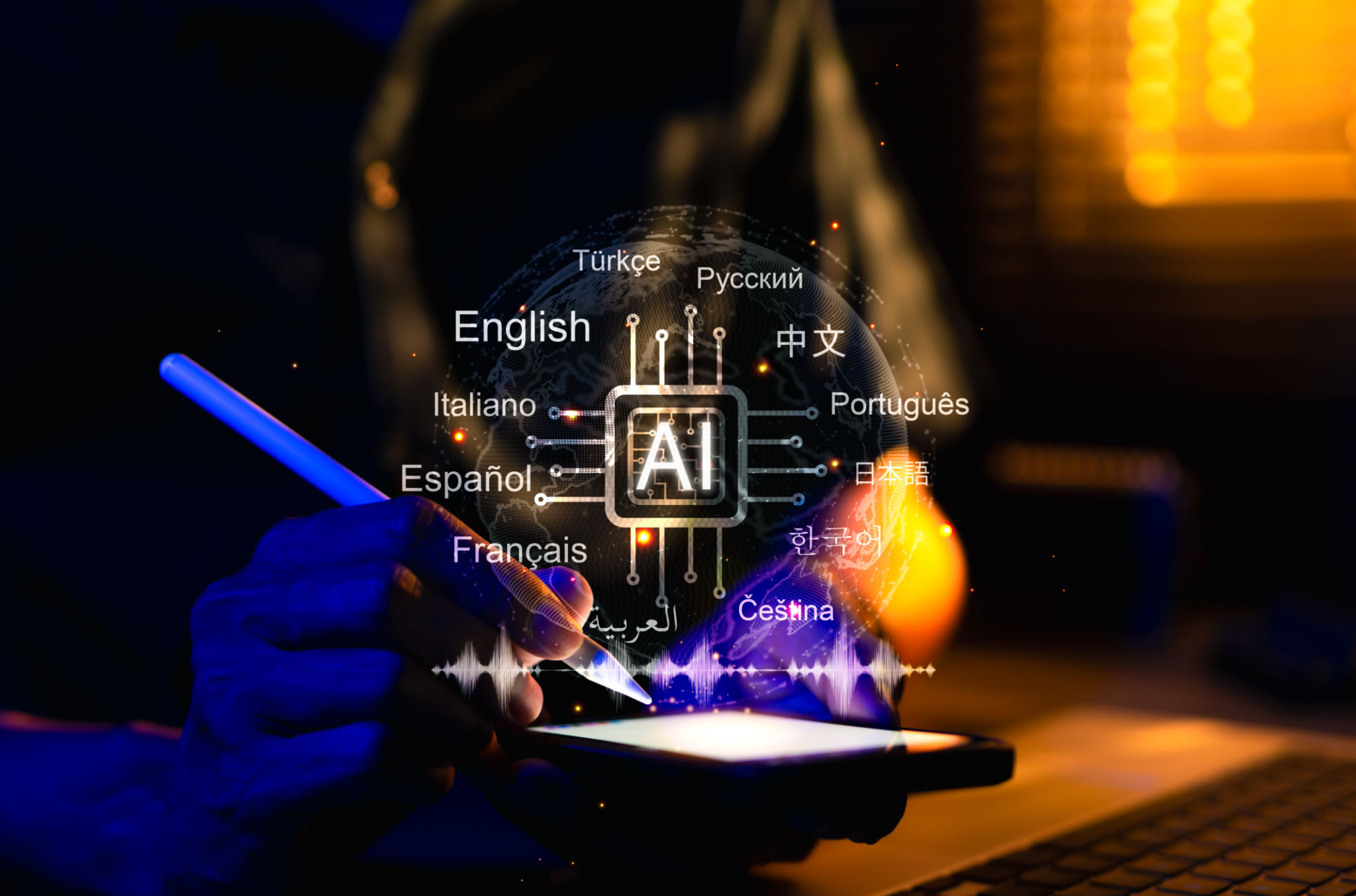How Stress Testing Strengthens AI Models: A Comprehensive Breakdown
Understanding Stress Testing in AI Models
Artificial Intelligence (AI) has revolutionized various sectors, from healthcare to finance, by delivering faster and more precise results. However, the robustness and reliability of these AI models are crucial. This is where stress testing comes into play. Stress testing involves evaluating an AI model's performance under extreme conditions to ensure it can handle unexpected scenarios. By pushing the boundaries, developers can identify vulnerabilities and enhance the model's resilience.
The importance of stress testing cannot be overstated. A model that performs well under normal conditions might struggle when faced with data anomalies or high-pressure situations. Stress testing helps in simulating these circumstances, offering insights into the model’s stability and robustness.

The Process of Stress Testing AI Models
Stress testing involves a series of steps to ensure comprehensive evaluation. Initially, developers identify potential weaknesses by reviewing the model's architecture and data handling capabilities. Then, they create scenarios that simulate high-stress conditions, such as processing vast datasets or encountering unexpected data types.
After setting up these scenarios, the model is subjected to rigorous testing. Developers monitor its responses, focusing on performance metrics such as accuracy, speed, and error rates. This detailed analysis helps in pinpointing areas of improvement, allowing for iterative enhancements.
Tools and Techniques Used
Several tools and techniques aid in stress testing AI models. Tools like TensorFlow and PyTorch offer built-in functionalities for simulating stress conditions. Techniques such as fuzz testing, where random data inputs are used, help in identifying unexpected behavior. Additionally, load testing evaluates the model's performance under extreme workloads, ensuring it can handle real-world pressures.

Benefits of Stress Testing for AI Models
One of the primary benefits of stress testing is improved reliability. By identifying and addressing potential weaknesses, developers can enhance the model's performance in real-world applications. This process also boosts user confidence, as stakeholders are assured of the model's capability to handle diverse scenarios.
Moreover, stress testing contributes to better resource management. By understanding the model's limitations, developers can optimize computational resources, ensuring efficient operation without overloading systems.
Case Studies of Successful Stress Testing
Several industries have benefited from stress testing AI models. For instance, in finance, stress testing has helped in building models that accurately predict market trends even during economic downturns. Similarly, in healthcare, AI models subjected to stress testing have shown remarkable improvements in diagnostic accuracy under varying patient conditions.

Challenges and Considerations
Despite its benefits, stress testing AI models presents challenges. Creating realistic stress scenarios requires a deep understanding of the domain and potential risks. Additionally, it demands substantial computational resources and time, which might not be feasible for all organizations.
It is also essential to consider ethical implications during stress testing. Ensuring that the scenarios do not inadvertently introduce biases or inaccuracies is crucial for maintaining model integrity.
Future of Stress Testing in AI
As AI continues to evolve, so will the methodologies for stress testing. Future advancements might include more sophisticated simulation environments and automated testing algorithms that streamline the process. These innovations will further strengthen AI models, enabling them to address increasingly complex challenges.
In conclusion, stress testing is a vital component in developing robust AI models. By pushing these systems to their limits, developers can ensure that they are not only effective but also reliable and resilient in real-world applications.
